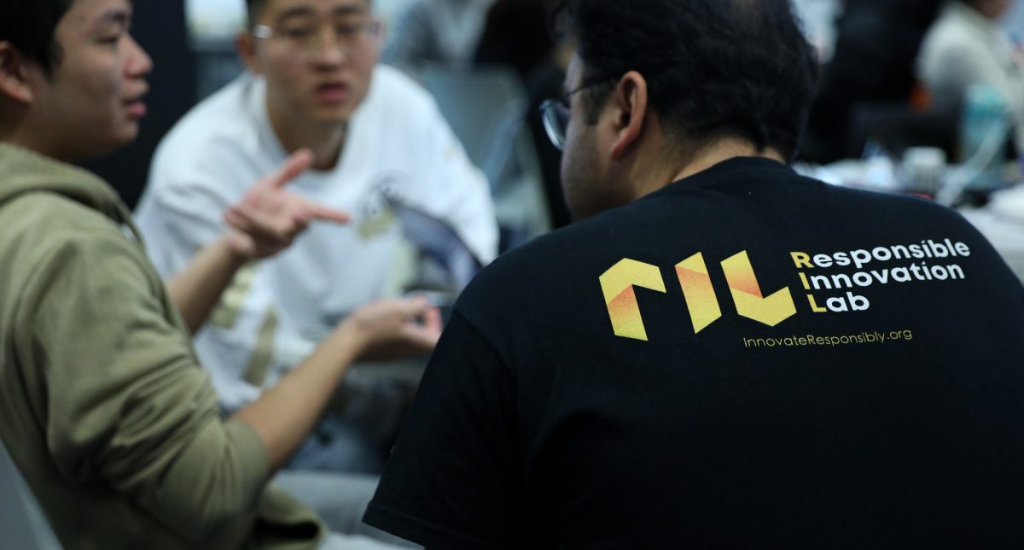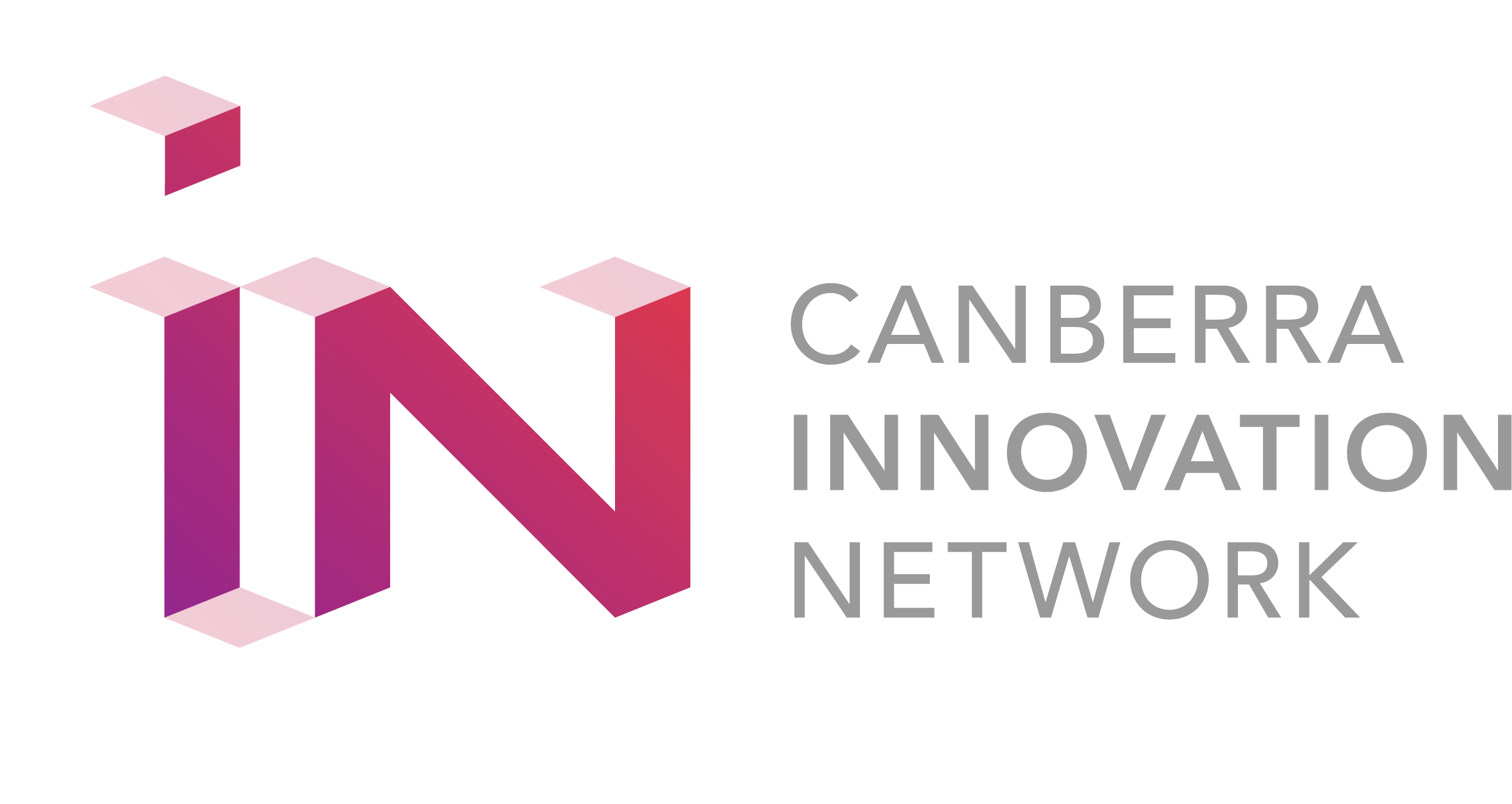- 17 August 2023
- Posted by: Ben Garrett
- Categories: Feature, General News

Have you ever used an AI program? If so, do you know how many resources were consumed during your session alone?
Four ANU engineering students have made it their mission to bring AI’s hidden environmental costs to light.
They believe everyday people using AI for work, school or recreation should know exactly what their interaction means.
Runners-up at ANU’s recent Hackathon for Responsible Design (rHack), Junzhe Huang and his teammates Runsong Jia, Zihan Ai and Xinyu Xie, designed a program that puts infamous AI language model ChatGPT to the test.
“When people seek to create something new, they tend to focus on profits, benefits and efficiency,” Junzhe says.
“It’s important to celebrate a success, but we must also pay attention to the implications of its development and use.”
Junzhe’s primary concerns include the water and energy consumed by AI during its development and use, as well as the carbon it produces.
With research in the United States suggesting ChatGPT uses 500 ml of water to answer just 20 to 50 questions, it’s easy to see why.
But since the details of AI’s true cost on the environment aren’t always readily available, it can be difficult for everyday users to understand their impact. This is what Junzhe and his teammates are looking to change.
“‘Chatterette’ is a plug-in for ChatGPT-4 that quantifies and displays these measurements in real time, for every query in a session,” he says.
“Much like plain packaging on the Australian cigarettes that inspired our work and its title, Chatterette constantly reminds users of the strain ChatGPT puts on our natural resources.
“Our aim for this project is to promote transparency in AI development, which will hopefully lead to more conscious and sustainable use.”
Chatterette remains in its early stages, ready to develop further when the next iteration of ChatGPT (ChatGPT-5) is released sometime in late 2023.
During rHack, Junzhe and his team competed against nearly 200 other students – some local, some dialling in from across the globe. rHack’s ANU team was spearheaded by Dr Ehsan Nabavi, head of the university’s Responsible Innovation Lab (RI Lab).
“RI Lab promotes an ethical approach to problems and opportunities in our world,” Dr Nabavi says.
“Too often we see the implications of modern innovation overlooked in favour of their economic value. The RI Lab community believes it is our collective responsibility to build a better world by turning this trend on its head.
“Competitions like rHack are an opportunity to push the next generation of innovators in an ethical direction. This benefits not only their own industries, but all sectors across the globe.”
rHack was hosted by the Canberra Innovation Network (CBRIN), which also provided experienced mentors to help students navigate their challenges. Collaborative innovation manager Kelly Cruz worked hard to organise and facilitate the event.
“ANU is taking a contemporary approach and placing a heavy focus on the ethical side of engineering and computer science,” Kelly says.
“After witnessing teams from around the world compete with each other to create unique engineering ideas, all with ethics and responsibility at the core, the future of engineering has taken a giant leap in creating a better world.”
Want to learn more about responsible innovation? ANU has a range of online resources available at RI Lab.
To find out more about innovation opportunities at CBRIN, visit its website or follow the team on Facebook.
Article written by Morgan Kenyon for Riotact.

